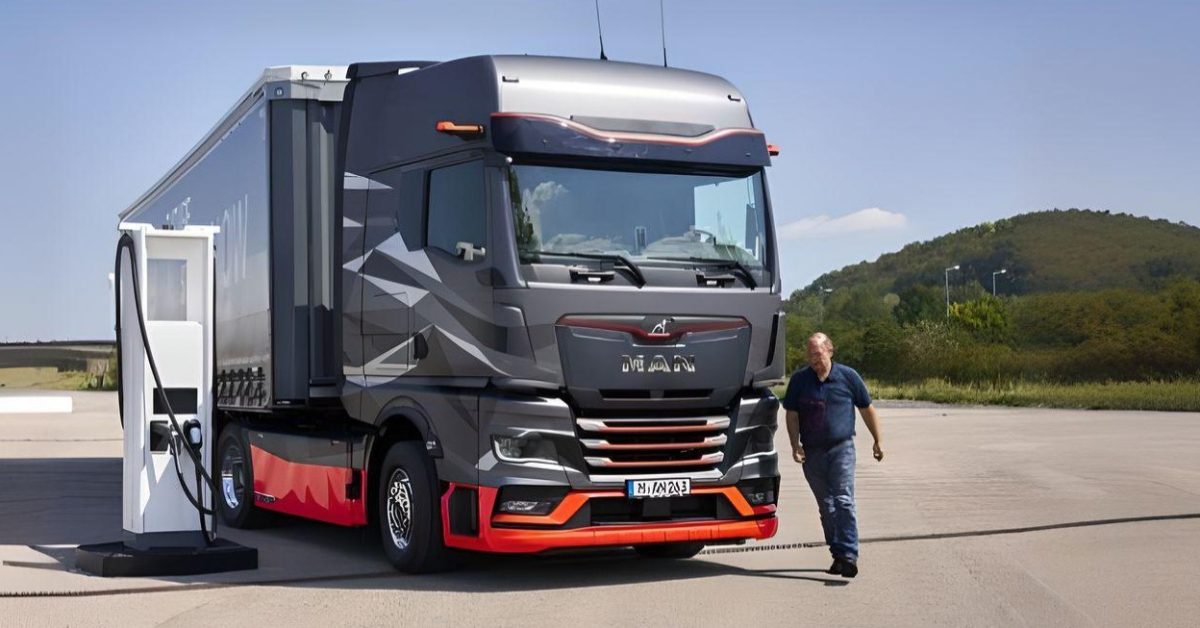Key Takeaways
- MAN Trucks claims its electric semi truck can achieve payback in under three years supported by EU incentives.
- Current barriers include inadequate charging infrastructure and high electricity costs for commercial vehicles.
- The CEO advocates for reallocating toll revenues to improve charging facilities and reduce electricity costs for truckers.
Electric Truck Viability and Challenges
Alexander Vlaskamp, CEO of MAN Trucks, suggests that the company’s eTruck electric semi could be self-sustaining within two and a half years, mainly thanks to European incentives. Series production of the eTruck began in July, allowing for flexible production of up to 100 trucks daily, whether diesel or electric. With 700 orders already placed, the company anticipates reaching 1,000 by year-end.
European incentives greatly assist in making the eTruck financially attractive. For instance, buyers in Austria can receive subsidies of up to 80% of the purchase price, while Belgium offers up to 32% for two trucks per company. Ireland’s incentives cover 30-60% of the cost difference compared to diesel trucks, and Norway also has similar incentives in place.
However, the pathway to profitability hinges significantly on the development of charging infrastructure. Vlaskamp emphasized that Europe’s charging network is lagging and calls for urgent political action to foster improvements. He stated, “It’s all about the charging infrastructure… we need to act quickly.”
Inadequacies in the charging network and high electricity prices are significant hurdles. Vlaskamp proposed that a portion of annual toll revenue from commercial trucks, estimated at €7 billion in Germany alone, should be redirected to develop DC fast-charging stations. Currently, commercial truckers face electricity costs averaging 45 to 50 cents per kWh; Vlaskamp believes this should be reduced to between €0.20 and €0.30 per kWh to make electric trucks a viable option.
In essence, if governments prioritized investments in charging infrastructure and provided the same level of subsidies for electric vehicles as they do for traditional diesel fuel, Vlaskamp argues that transitioning to electric semis would be an obvious choice for the industry.
While promising, the success of MAN’s eTrucks ultimately relies on overcoming these logistical and financial challenges for prospective customers.
The content above is a summary. For more details, see the source article.















